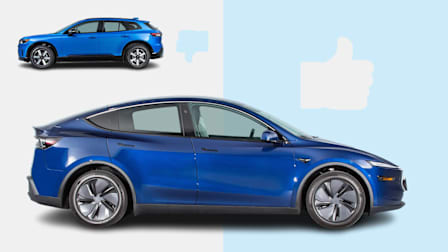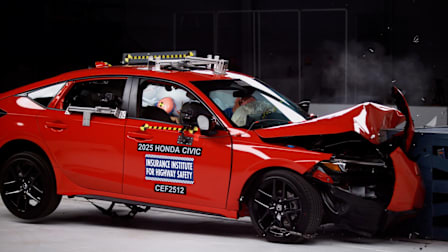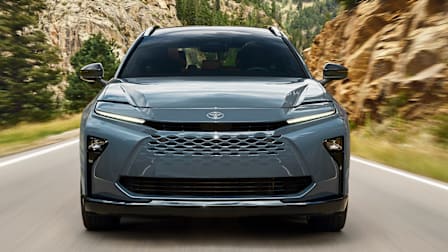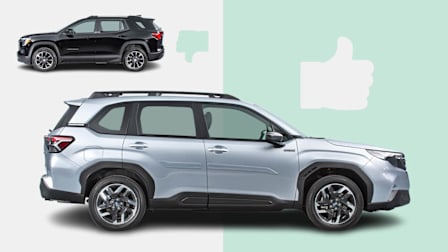2023 Mazda CX-50 Isn’t As Adventurous As It Looks
We love the sharp handling and classy cabin, but the overly firm ride and transmission foibles detract
Update: Since this first drive was originally published in November, 2021, we finished testing the Mazda CX-50. See the complete Mazda CX-50 road test.
The 2023 Mazda CX-50 isn’t just a CX-5 that’s 10 times better: It’s an all-new model based on the same platform as the smaller CX-30 SUV, and it is sold alongside the CX-5, the automaker’s existing compact SUV. Mazda is positioning the CX-50 as a more premium alternative to the Ford Bronco Sport or Subaru Forester, playing up its off-road capabilities and rugged-looking exterior crafted to appeal to active, outdoorsy buyers.
However, we found that the CX-50, which slots in size and price between the CX-5 and CX-9 (its exterior dimensions are very close to the old CX-7) is much more adept at gobbling up miles on paved roads.
Meanwhile, Mazda says the CX-5 will continue to be targeted toward buyers looking for a more sophisticated SUV, emphasizing its crisp handling and on-road performance characteristics, which we found to be strengths of the CX-50.
For Mazda, adding another SUV model is, of course, all about gaining market share. As Subaru has demonstrated for years (and Ford targeted with the Bronco Sport), there are buyers who imagine themselves piloting their SUV over gravel roads and mildly rocky terrain, with nary a worry about scraping the vehicle’s undercarriage. As Mazda told us in a CX-50 briefing, there are about 600,000 buyers in the compact-SUV segment who fall into this camp.
The CX-50 is longer and wider than the CX-5, and it has both more ground clearance and a lower roof height. The latter allows adventure-focused buyers to more easily install and access roof racks and baskets. In addition, the turbo versions have a 3,500-pound tow rating.
Sign up for CR’s Cars email newsletter to be notified when we post our latest road-test results.


















